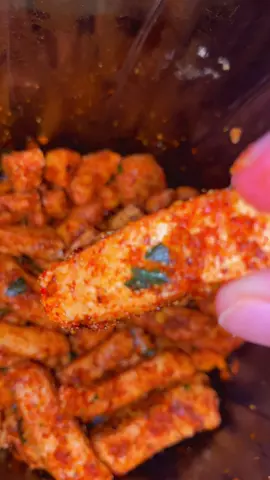نــــارٓو ¶
Region: IQ
Thursday 25 September 2025 17:57:11 GMT
460714
10100
396
1050
Music
Download
Comments
هجران💔 :
هاذ منيا عشيره
2025-09-26 06:24:36
5
عراقية 🇮🇶 :
صدك هايه بالحله
2025-09-25 22:24:29
45
Ghouson Alsalamy :
الي ديركصن من يا محافظة ومن ياعشيرة
2025-09-26 02:04:23
1
M💔 :
:y:፱፪፪፯፪፱፪፯፱፪፱፪፪፯፪፱፪፯፱፪፱፪፱፪፪፯፪፱፪፯ محد مرتاح بس الكحاب والشريفات كاتلهن الضيم والقهر ፱፪፪፯፪፱፪፯፱፪፱፪፪፯፪፱፪፯፱፪፱፪፱፪፪፯፪፱፪፯ش
2025-09-25 22:06:04
52
زمن من ورق :
الحجي محترم جدا 😂
2025-09-26 12:17:24
0
مذهله💖💌 :
هاي بالحله بالريف
2025-09-25 21:44:29
42
ام رتوجة ♥ :
اوف
2025-09-26 00:33:06
51
ام عمر :
هاي الحفله بل حله
2025-09-26 06:42:13
22
لارين آل جبور 🫶 :
سالمين حجي 😂
2025-09-25 19:36:22
57
اسيره الأحزان 🖤 :
هاي البوعلوان مو بلحله
2025-09-25 22:12:28
19
ام ضحكت حلوه🥰 :
لحله بعد مشهورين
2025-09-25 22:19:46
45
عبد الله الرفاعي :
عمها الحجي بطل عاشت ايده
2025-09-26 08:30:15
0
راكان الشمري :
شالوه 😅
2025-09-26 14:53:22
0
♥️ إبن ادليم ♥️ :
هاي بالحله المحاويل
2025-09-26 06:52:56
0
شخۡصيۧهۂَ خۡيۧٱليۧهۂَ :
الغا شنو يعني لغو القبض عافو
2025-09-26 04:40:19
0
صوفي ابن الديوانية :
هاي بالموصل
2025-09-26 08:14:32
1
👑مالك سيما 👑 :
ااي. عاشت قوت الأمن. هو هذا صحيح.
2025-09-25 22:35:28
20
ابو يزن الهيتي :
تحيه حب وحترام من الجغايفه لخولي لبوعلوان
2025-09-25 22:48:01
2
قلبــي للحــسين ينـــــتمي ♥• :
سالمين حجي
2025-09-26 07:51:37
4
الغريب :
صدك هذا المقطع بل الحله وانه حسبالي بل الانبار 😅😅😅
2025-09-26 06:54:21
2
فيكه :
فطسسسسسسسسسسسسسسسسستتتتتتتت😂😂😂😂😂😂
2025-09-25 20:04:45
34
ام ناي :
حيل
2025-09-25 20:33:25
12
كوزمتك كولدن 💄 :
نسكت والسكته اوله ﺧﺧــاف احجي وحتى العفو العام ميشملني🚶🏼♀️🤐
2025-09-26 00:32:13
6
خــᬼ👑❀⃟ـالـد الـد لـᬼ👑ـيمي :
بعدايدي
2025-09-26 12:00:58
0
رقيه محمد :
جماعت الحله شلونكم😅😅
2025-09-26 09:01:43
1
To see more videos from user @k_ta68, please go to the Tikwm
homepage.





